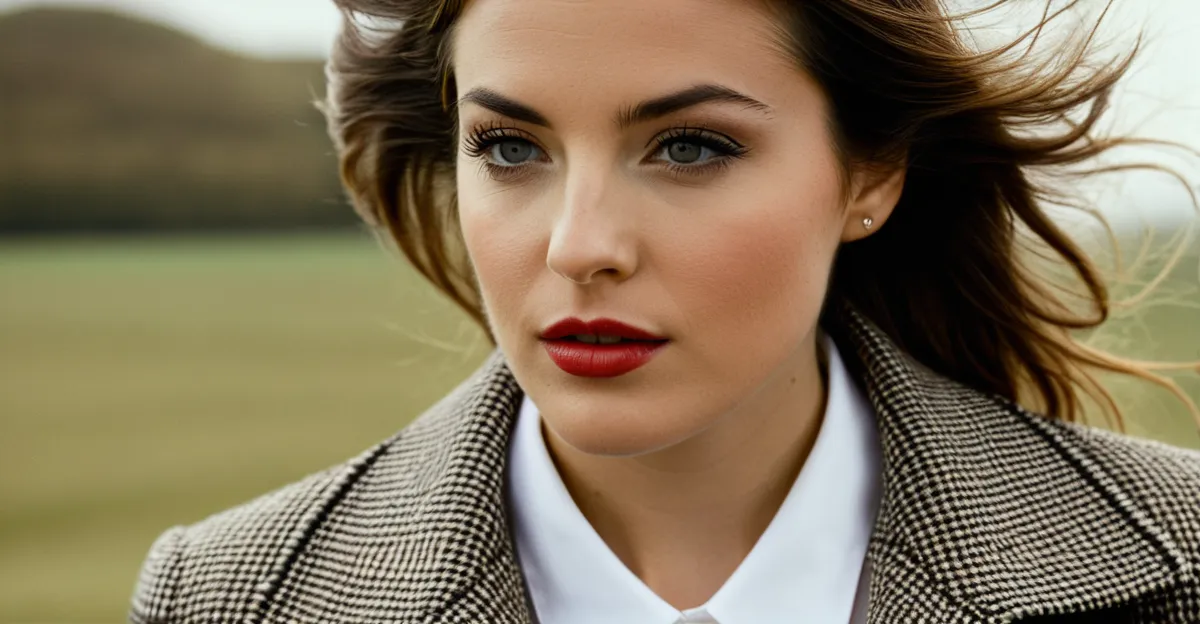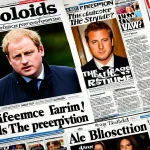Key Historical Influences on Women’s Fashion in Britain
British fashion history reveals distinct key eras in women’s fashion that shaped modern style. The Victorian era introduced structured silhouettes, emphasizing corsetry and elaborate detailing that reflected strict social codes. This period’s fashion was deeply tied to societal expectations of femininity, with full skirts and high collars dominating the scene.
Post-war trends marked a profound change. After World War II, austerity led to practical, utility-style clothing designed for durability and function. However, Christian Dior’s “New Look,” which featured cinched waists and full skirts, revitalized British fashion by reintroducing femininity and luxury. This shift signaled a move away from wartime restraints toward elegance and optimism.
Topic to read : How Can UK Women’s Fashion Evolve Beyond Current Trends?
In the late 20th and 21st centuries, modern British fashion responded to shifting women’s roles, embracing versatility and self-expression. Designers began blending traditional influences with contemporary attitudes, reflecting a diverse and dynamic culture. The progression illustrates an ongoing dialogue between Britain’s rich fashion history and its evolving social landscape, making British women’s fashion a compelling reflection of both heritage and innovation.
The Role of British Society and Values in Fashion
British cultural values have profoundly shaped women’s clothing, intertwining fashion with the nation’s social fabric. Historically, class distinctions and etiquette dictated dress codes, reinforcing respectability and social hierarchy. Victorian fashion, for example, emphasized modesty and structure, reflecting the era’s strict social morals. This tradition of clothing as a marker of social status continued to influence styles well beyond the Victorian era.
In the same genre : How Has Sustainability Impacted UK Women’s Fashion Choices?
Social change in fashion became evident as British society grew more diverse. The impact of multiculturalism introduced new fabrics, patterns, and influences, enriching the usually conservative British fashion landscape. This cultural infusion gradually challenged traditional norms, allowing for greater individual expression in everyday clothing.
British conservatism and rebellion have also played opposing roles in shaping women’s styles. While conservative values preserved classic elements like tailoring and modesty, rebellious movements—such as the punk era—disrupted these conventions, catalyzing innovative, bold fashion statements. These dynamics illustrate how fashion both mirrors and negotiates the tensions within British society, balancing tradition with change through evolving styles and attitudes.








